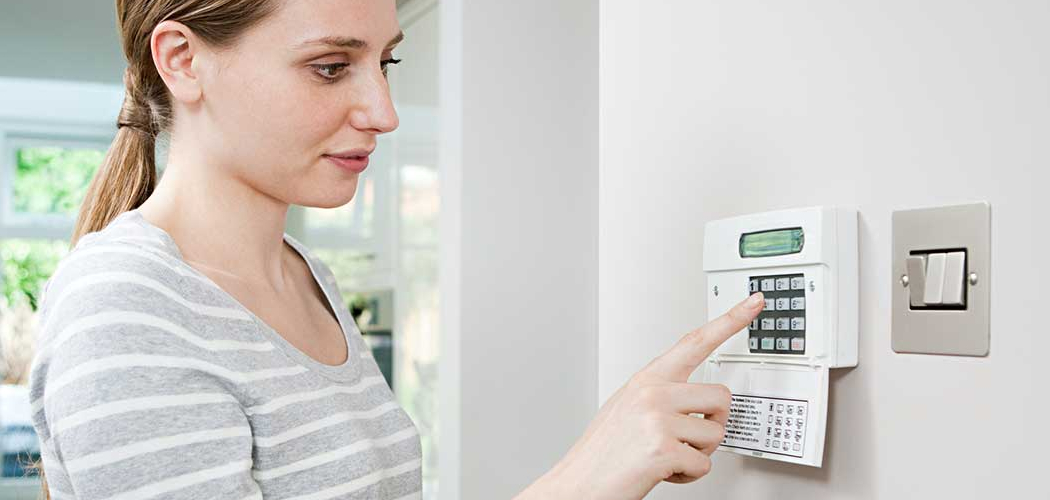Knowing how to reset security alarm system settings is an essential skill for maintaining peace of mind and ensuring your safety measures function as intended. Whether an alarm has been triggered accidentally, a power outage disrupts the system, or error codes appear unexpectedly, learning how to reset these systems equips you to handle such situations effortlessly.
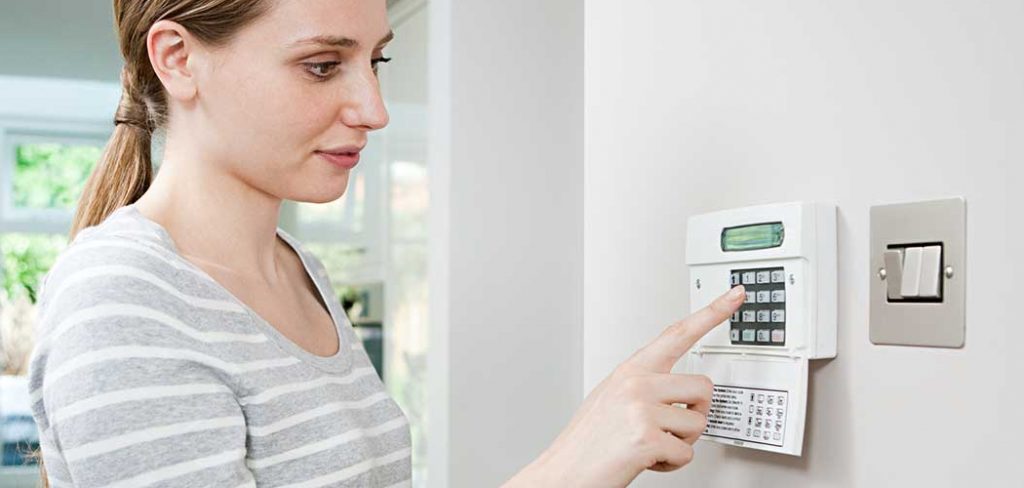
Security alarm systems are designed to keep your home or business safe, but minor malfunctions or routine updates can throw them off track, leaving you unsure of how to proceed. Resetting the system can resolve common issues, restore normalcy, and maintain your property’s security. This guide provides a step-by-step approach to reset your alarm system, ensuring that it works flawlessly without requiring technical expertise.
By the end of this article, you’ll feel confident troubleshooting and resetting your security system, helping you save time and avoid unnecessary frustration.
Why Resetting Your Security Alarm System Matters
Resetting a security alarm system is a critical part of maintaining its efficiency and reliability. Security systems are built with sophisticated technology designed to detect intrusions, monitor activity, and safeguard your property. However, these systems can occasionally encounter errors such as false alarms, error codes, or communication failures that disrupt their functionality. A proper reset allows these issues to be resolved quickly, restoring the system to its optimal state.
Another key reason to reset your system is keeping it updated with any adjustments you make to your security protocols. For example, if you change alarm codes or enhance settings on the control panel, a reset ensures these changes are correctly implemented. Regular resets also help integrate newly installed devices or sensors into the existing setup, ensuring a seamless monitoring experience.
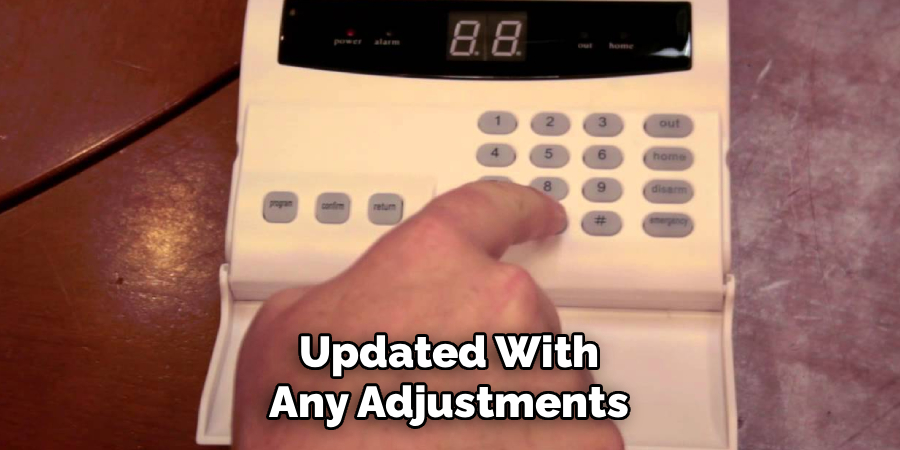
Ignoring the need to reset your alarm system can leave your property vulnerable to unnecessary risks, such as unmonitored access points or faulty triggers. Taking the time to manage and refresh the system safeguards its performance while offering you peace of mind in knowing your security mechanisms remain reliable and effective.
Step-by-Step Guide: How to Reset Security Alarm System
Step 1: Identify the Alarm Type
Before resetting your security alarm system, it’s important to understand your specific alarm type. Security systems vary in complexity and design, with some being standalone devices and others integrated into smart home networks. Check the user manual or look for model indicators on your control panel to identify the make and model.
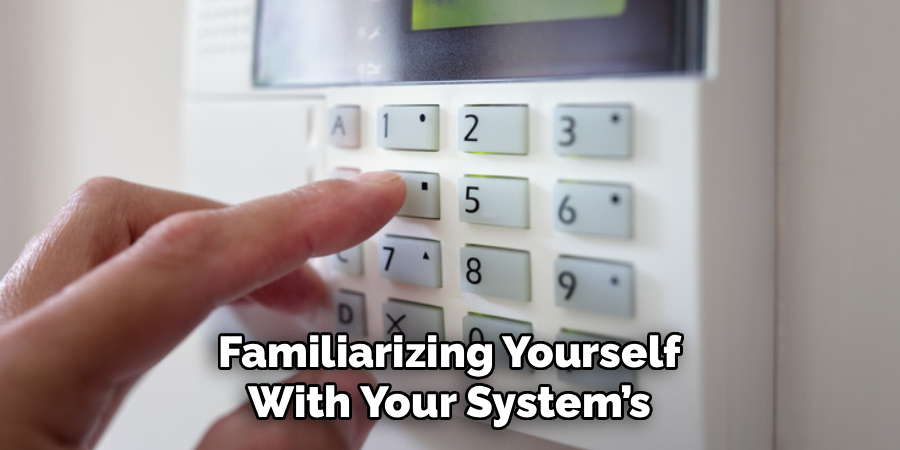
Familiarizing yourself with your system’s functionality helps you approach the reset process confidently without risking further malfunctions. Many alarm systems come with brand-specific instructions, so knowing whether you’re working with a wireless device, a hardwired system, or a hybrid setup ensures that you follow the correct steps. Identifying the alarm type lays the groundwork for a successful reset.
Step 2: Access the Control Panel
To reset your alarm, locate the system’s control panel, which acts as the central hub for managing security settings. The control panel is usually mounted on a wall or integrated into a keypad and serves as the system’s main interface. Open the panel to access its buttons, display screen, or wireless menus, depending on the model.
Entering the control panel allows you to view error messages or system alerts that may provide clues about why a reset is needed. Take careful note of any displayed information, as it may guide your next steps. Accessing the control panel is a pivotal step in troubleshooting and resolving system issues effectively.
Step 3: Disarm the System
Before resetting your security alarm system, disarm it to prevent unnecessary alarms from being triggered during the process. Use your assigned alarm code or key fob to temporarily disable the system. If the control panel displays arm/disarm options, follow the on-screen prompts to deactivate the security mode.
This step is vital for avoiding disruptions such as sirens blaring or emergency service notifications while working on the device. Disarming the alarm allows you to work without interruptions and proceed to resetting the system safely and efficiently.
Step 4: Power Down the System
The next step in resetting your system is powering it down completely. To do this, locate the power source—either a plug-in transformer connected to an outlet or a backup battery located within the control panel. Disconnect both the main power and the backup power sources to ensure a full system reboot.
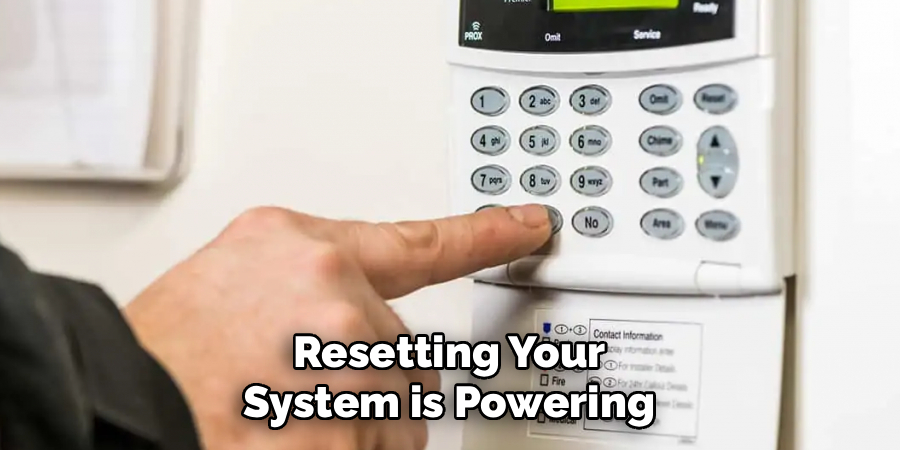
Keep in mind that once the power supply is disconnected, any stored settings may reset to factory defaults depending on your system model. Allow the system to remain off for at least 30 seconds to clear any lingering errors or electrical signals fully. Powering down creates a clean state for the upcoming restart process.
Step 5: Inspect for Error Codes or Controls
After shutting the system off, inspect whether there were error codes or malfunctioning components that required the reset. This step is particularly useful if the system had been displaying warning lights, error messages, or signaling malfunctions before powering down.
Take a moment to review the sensors, connections, and wiring for the system. Loose or dislodged components might have caused the performance issue. Addressing these minor problems at this stage ensures that the system resets to function as intended once power is restored.
Step 6: Restore Power to the System
Once you’ve completed the power-down phase and inspected the equipment, reconnect the system to its power sources. Begin by reinserting the backup battery, then reattach the main power connection to the plug-in transformer. Wait for the control panel to initialize, which might take a few moments.
Restoring power allows the system to reboot and updates the interface for normal operation. You might notice lights turning on, system beeps indicating a fresh start, or the control panel prompting you with basic setup options during initialization. Be patient and ensure everything starts up properly before proceeding to further steps.
Step 7: Reenter Alarm Codes
With power restored, reprogram or reenter critical information such as alarm codes or access settings. Some systems reboot with factory-default codes, requiring you to input or confirm personalized configurations. Follow the manufacturer’s instructions to update codes and calibrate other settings if necessary.
This step is essential for regaining control and ensuring your reset alarm system aligns with your original security preferences. By entering updated codes or settings, you help avoid potential confusion or malfunctions if default settings conflict with your custom needs.
Step 8: Perform a Test Run
Once the reset process is complete, conduct a thorough test of the system’s functionality. Arm the alarm, trigger a sensor such as a door opening, and ensure the system responds appropriately. The test verifies that all major components, including sensors, sirens, and controls, are functioning as intended.
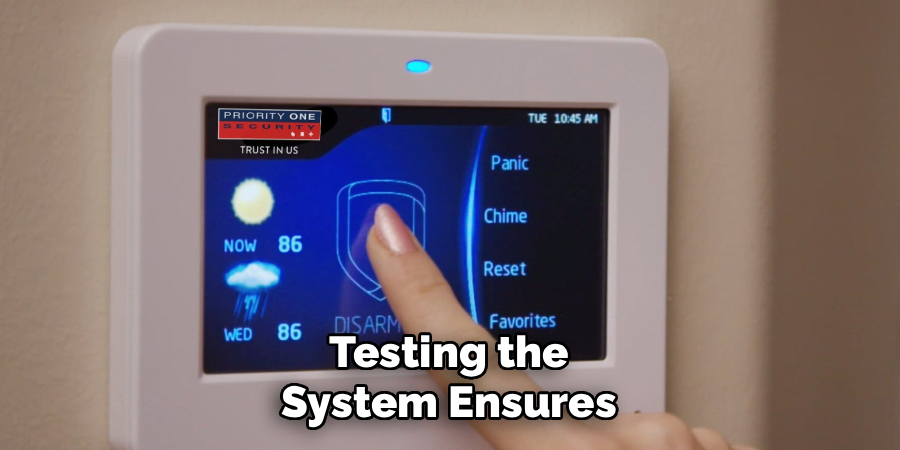
If any parts fail during testing, review previous steps for potential oversights or adjustments. Testing the system ensures that your reset process has been successful and provides an opportunity to fine-tune settings before regular use resumes.
Step 9: Document Reset Settings
After completing the reset and verifying its functionality, document the updated alarm codes, settings, or troubleshooting steps for future reference. Save this information securely, as it will come in handy in case another reset becomes necessary.
Keeping track of reset procedures and configurations enhances your ability to maintain the security system over time. Organizing this information ensures you’re always prepared to address potential malfunctions swiftly and efficiently.
Common Alarm System Errors
Understanding common alarm system errors can help you quickly identify and address any issues that may arise. Some of the most frequent errors include:
- Sensor Malfunctions
Faulty or misaligned sensors can lead to false alarms or prevent the system from detecting movement accurately. Regularly inspect sensors to ensure they are clean, undamaged, and properly positioned.
- Low Battery Alerts
Alarm systems often display warnings when their batteries are running low. Ignoring these alerts can result in system failure during a power outage. Replace batteries as recommended by the manufacturer to maintain optimal functionality.
- Communication Failures
If your system cannot connect to the monitoring service or your mobile device, it could indicate a problem with the network or system hardware. Check internet connectivity, cables, or contact your provider to resolve these issues.
- Code Entry Errors
Incorrect code inputs can trigger alarm lockouts or activate the system unintentionally. Ensure all users are familiar with the correct codes and update them periodically for security purposes.
- Outdated Firmware
Alarm systems with outdated firmware may experience glitches or security vulnerabilities. Regularly update the firmware to access the latest features and protection measures.
By recognizing these common errors and their solutions, you can ensure your alarm system operates efficiently and remains reliable over time.
Frequently Asked Questions
What causes a security alarm system to need resetting?
Systems may require a reset due to power outages, false alarms, or user configuration errors. Software updates or technical malfunctions can also trigger the need for a reset. Resetting clears these issues to restore functionality.
Can I reset my security alarm system without professional help?
Yes, most systems are designed for user-friendly resets. By following the manufacturer’s instructions or this guide, you can reset the alarm system independently. However, consult professional support if issues persist.
Does resetting the alarm system delete my settings?
Depending on the model, resetting may restore factory-default settings, requiring you to reenter your custom codes or configurations. Refer to the user manual to confirm what happens during a reset for your specific system.
Why is my alarm still malfunctioning after a reset?
If your alarm continues to malfunction, the problem could stem from faulty hardware, outdated firmware, or unresolved installation issues. Examine individual components or contact your system’s manufacturer for further troubleshooting support.
How often should I reset my security alarm system?
Resets should only be performed when necessary, such as after a power failure or system error. Routine resets without cause are unnecessary and may disrupt system performance.
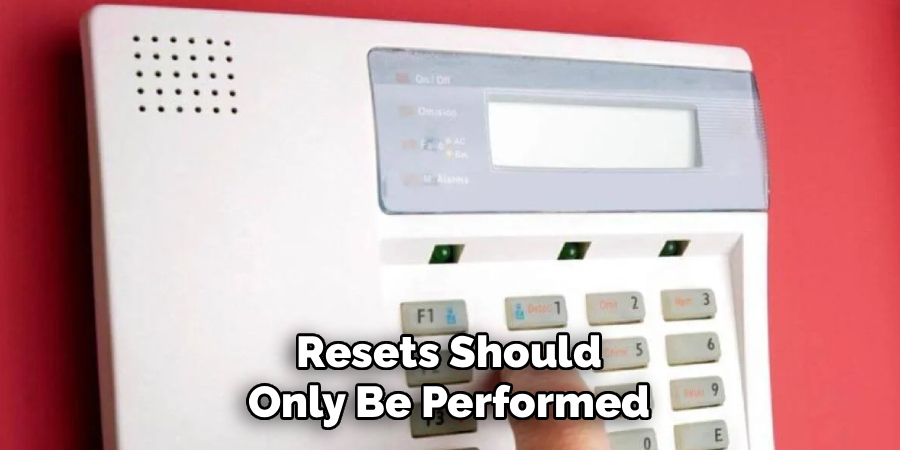
Conclusion
Understanding how to reset security alarm system settings is crucial for ensuring reliable performance and ongoing protection for your property. Following these steps enables you to troubleshoot errors, restore functionality, and maintain control over your security measures.
Take time to familiarize yourself with your system and apply these techniques when needed. Armed with this knowledge, you can handle resets confidently and keep your alarm system functioning effectively, ensuring safety and peace of mind for years to come.

